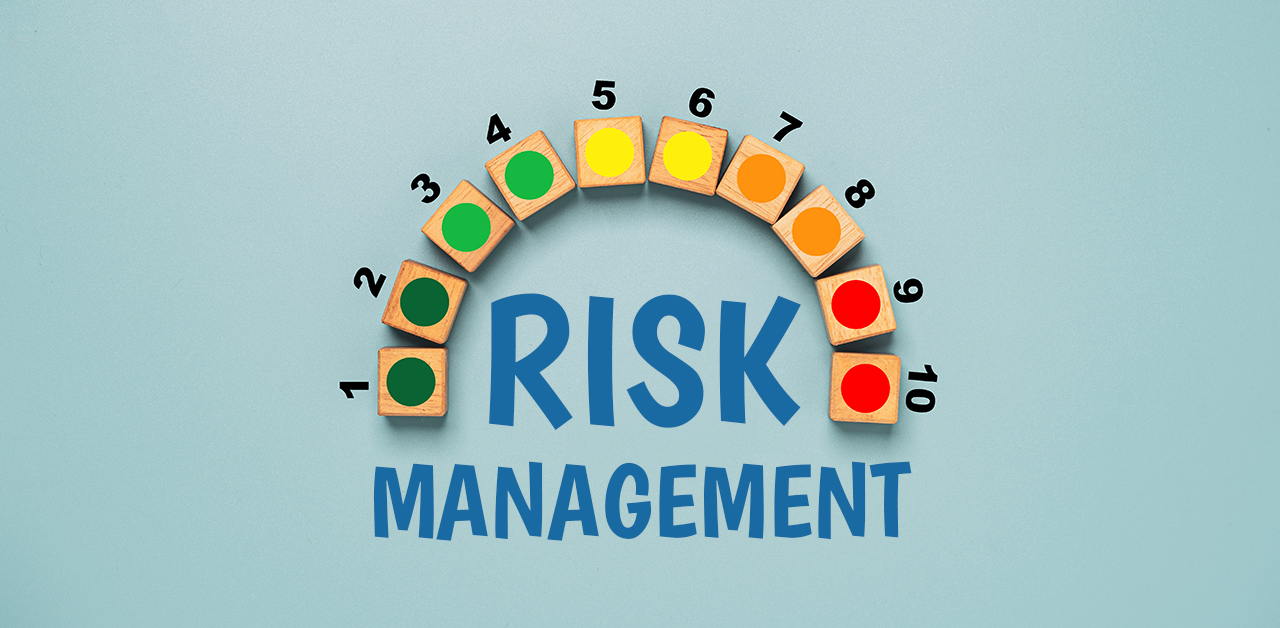The computer recycling industry is on the rise in the 21st century. Its reach spans the globe. An initiative to recycle electronics worldwide has been expanding for some time. While there are still mountains to move to reduce landfill waste and pollution, there has been a great deal of progress in computer recycling programs.
Industrialized nations have recognized the impact that recycling e-waste has on the welfare of the planet. Consequently, more electronic recycling facilities and services have cropped up. Computer recycling is the primary focus of many of these facilities. Computers and laptops in good condition are ripe for refurbishment and resale. This promote reuse, reduces consumption, and makes computers more accessible low-income users.
Excessive e-Waste Exportation
Despite being the largest producer of e-waste in the world, the United States does little to curb its contribution to the problem. It is one of only three nations not to ratify the Basel Convention, leading to the exportation of tons of e-waste. Additionally, according to the Government Accountability Office, the EPA has failed on many levels to regulate exportation of e-waste to developing nations. Recipients in Asia often process materials in recycling yards with little protection or regard for safety. A wealthy nation could focus on absorbing the burden of electronic waste and even import more for recycling.
From Computer Recycling to Overseas Data Center De-Installations
Computer recycling and other e-waste programs within the U.S. are a fraction of the solution, but their impact is felt globally. This is particularly true when U.S. recyclers are willing to take on projects from around the world. For example, OceanTech does business with international clients, helping to funnel unwanted data center equipment into their certified, secure recycling center. Recently, they performed a live de-installation, removing inactive servers from an active fleet. This is an impactful alternative to carelessly discarding equipment or sending it to developing nations.
Even the Small Steps Count as Progress
United States businesses that offer computer recycling and data center de-installations are making progress. Tariffs, trade restrictions, and prices prevent a more fluid system of importing recyclable electronics from other nations. However, there are still recycling options that can make a difference globally.


